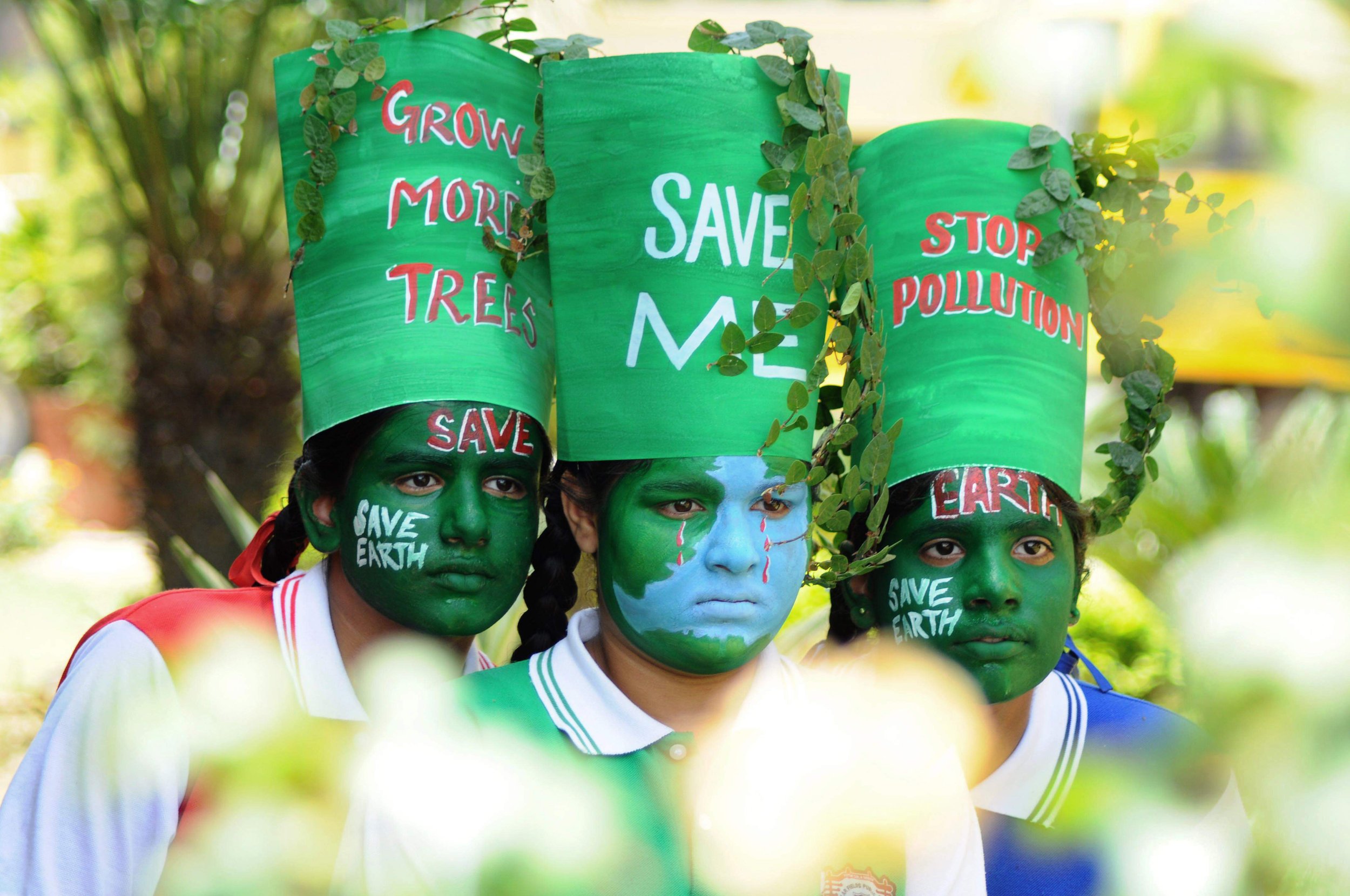A Brief History of Earth Day
“Never doubt that a small group of thoughtful, committed, citizens can change the world. Indeed, it is the only thing that ever has.” - Margaret Mead





The history of how and why April 22 was founded as Earth Day is a story of the power of collective and single individuals to create positive change. (It’s also a reminder of the power to vote!) Before 1970, there were no EPA, no Clean Air Act, no Clean Water Act, no Endangered Species Act in the United States. In fact, there were not many laws protecting the environment at all. However, in the Spring of 1970, Senator Gaylord Nelson created the first Earth Day celebration as an attempt to change this by showing the federal government that there was broad and deep support for the environment.
The first Earth Day event far surpassed what Senator Nelson himself expected: “Two thousand colleges and universities, ten thousand high schools and grade schools, and several thousand communities in all, more than twenty million Americans participated in one of the most exciting and significant grassroots efforts in the history of this country.” Six months later, in December 1970, Congress authorized the creation of a new federal agency to tackle environmental issues, the U.S. Environmental Protection Agency, and in the decade that followed, at least a dozen major pieces of environmental legislation were passed.
Earth Day is now observed by over a billion people in over 190 countries around the world. Earth Day is both a celebration of caring for the Earth and a celebration of the scale of positive change that can happen when lots of individuals - like you and me - come together and show up to express our opinions.
